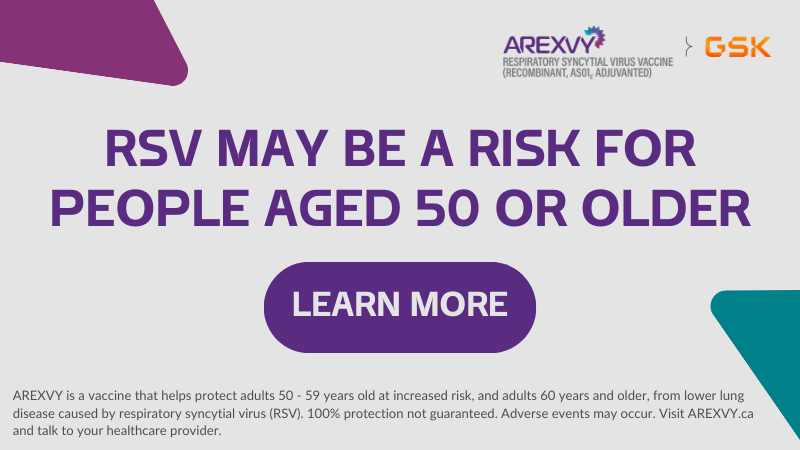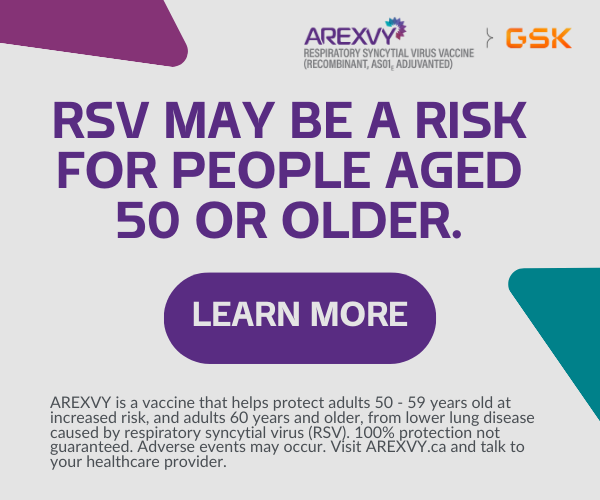The Facts
Cataracts are a condition where the lens (a part of the eye that focuses light) becomes cloudy. The lenses in the eyes are normally clear or transparent, but with age, the structure or chemical makeup of the lens changes, causing them to "cloud over." This causes a gradual and painless loss of vision, which can eventually lead to blindness. Fortunately, the process can almost always be corrected with surgery.
Cataracts are very common. In fact, they are the most common cause of blindness worldwide. They usually begin to appear after age 50, and about half of people aged 75 are affected. While we're all at risk of getting them as we age, some things make cataracts more likely, including cigarette smoking, lack of vitamins, sun exposure, and certain medications (see below).
Causes
The lenses of your eyes are mostly made up of neatly arranged proteins. Sometimes these proteins stick together, breaking formation and losing transparency. This causes the lenses to become cloudy. The world becomes hazy, darker, and less colourful. Untreated, the cloudy area may spread, progressively impairing vision in that eye.
Aging is the most common cause of cataracts. A few people are born with congenital cataracts, which usually affect both eyes. These don't always affect vision. Traumatic cataracts refer to a condition that may appear immediately following an eye injury, or it may occur years later. Secondary cataracts are caused by the development of scar tissue following cataract surgery.
The following factors can add to the risk of developing cataracts:
- Exposure to sunlight increases the risk of senile cataracts. Radiation from the sun, especially ultraviolet B (UVB) rays, damages the proteins in the lens.
- Cigarette smoke damages the proteins in the lens.
- Alcohol use.
- Lack of some vitamins and other antioxidants such as vitamins C and E, selenium, beta-carotene, and lycopene has been shown by research to be linked to cataracts. Antioxidants protect the body from oxidants, also known as free radicals. Free radicals react with your cells, effectively "rusting" them. If you're not getting enough antioxidants in your diet, such as vitamins C and E, you might be putting yourself at risk for cataracts.
- Poorly controlled diabetes and high blood pressure.
Certain medications can also cause cataracts, including:
- statins (a class of medications that reduce cholesterol)
- corticosteroids such as prednisone that are used to reduce inflammation
Symptoms and Complications
Cataracts cause a gradual, painless loss of vision. In older people who wear glasses for reading, close-up vision may actually improve at first. This is because they are going from farsightedness to nearsightedness. Double vision may also appear temporarily early on in the course of the disease.
Other symptoms include:
- frequent changes in your glasses or contact lenses
- cloudy or blurred vision
- dull, faded colour and difficulty with distinguishing dark blue from black
- poor night vision
- odd visual effects around lights, such as glare or halos
Cataracts can't jump from one eye to the other. But people who get one often end up developing it in the other eye.
Symptoms and Complications
Cataracts cause a gradual, painless loss of vision. In older people who wear glasses for reading, close-up vision may actually improve at first. This is because they are going from farsightedness to nearsightedness. Double vision may also appear temporarily early on in the course of the disease.
Other symptoms include:
- frequent changes in your glasses or contact lenses
- cloudy or blurred vision
- dull, faded colour and difficulty with distinguishing dark blue from black
- poor night vision
- odd visual effects around lights, such as glare or halos
Cataracts can't jump from one eye to the other. But people who get one often end up developing it in the other eye.
Making the Diagnosis
If you've noticed any of the symptoms described above, see your primary doctor or an eye care specialist. Your primary doctor can find cataracts by shining a special light into your eye to look for cloudiness. You might then be sent to an eye specialist (ophthalmologist), who will use special instruments to learn more about your cataracts and any other eye problems you might have.
Treatment and Prevention
Cataracts still blind millions of people in the developing world, but in North America, they're readily removed with surgery. The operation takes about an hour or less. It's usually done under a local anesthetic, while you stay awake. The old blurry lens is replaced with a new, clear plastic lens. The operation improves vision in over 90% of people, usually quite dramatically. Generally, only one eye is operated on at a time.
After the surgery, some people find the world explodes into colour so intense it's almost painful. This is because the brain has compensated for the lower light intake by amplifying colour signals. It can take some time for the brain to get used to your improved vision. You may not be able to drive your car for a few weeks if this is the case.
Cataracts happen with natural aging, but you can take steps to prevent them. To avoid exposing your eyes to sunlight, wear sunglasses that filter out both UVA and UVB rays. Sunglasses that only filter out UVB can actually increase your risk of cataracts because they shade your eyes, causing the pupils to open, and this allows more UVA light to enter the eye.
You can get more antioxidants in your diet by eating citrus fruits and leafy green vegetables. You'll also help offset your risk of heart disease and cancer. Reducing alcohol use will help reduce your risk of cataracts; if you have diabetes, controlling your blood sugar will help. If you're a smoker, you can improve your chances even more by quitting.
*All medications have both common (generic) and brand names. The brand name is what a specific manufacturer calls the product (e.g., Tylenol®). The common name is the medical name for the medication (e.g., acetaminophen). A medication may have many brand names, but only one common name. This article lists medications by their common names. For information on a given medication, check our Drug Information database. For more information on brand names, speak with your doctor or pharmacist.
[references]
All material copyright MediResource Inc. 1996 – 2025. Terms and conditions of use. The contents herein are for informational purposes only. Always seek the advice of your physician or other qualified health provider with any questions you may have regarding a medical condition. Source: www.medbroadcast.com/condition/getcondition/Cataracts



